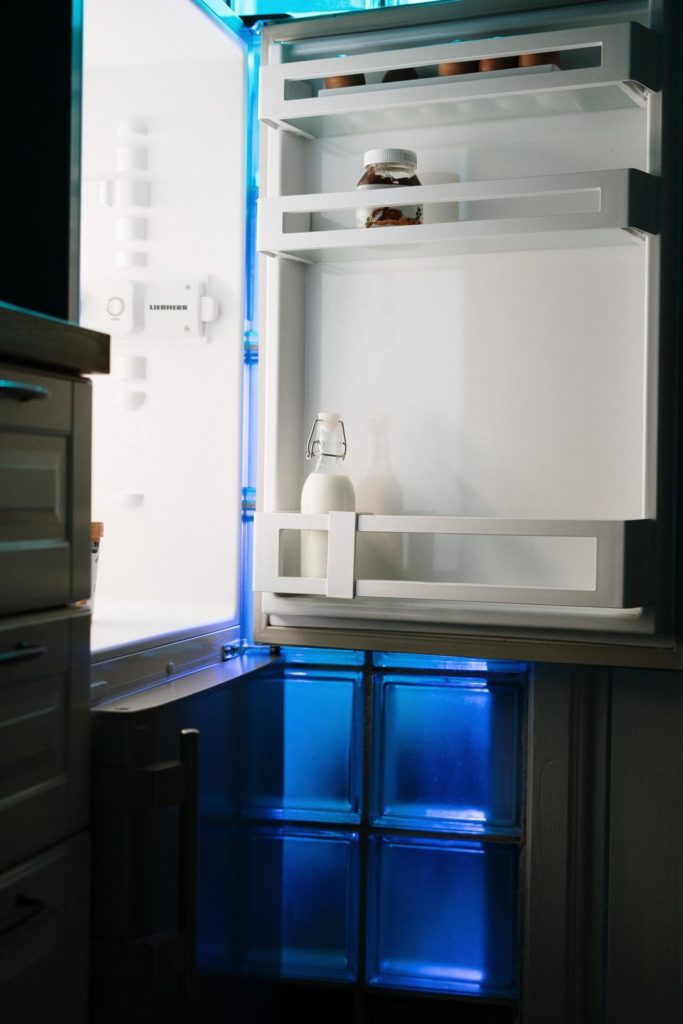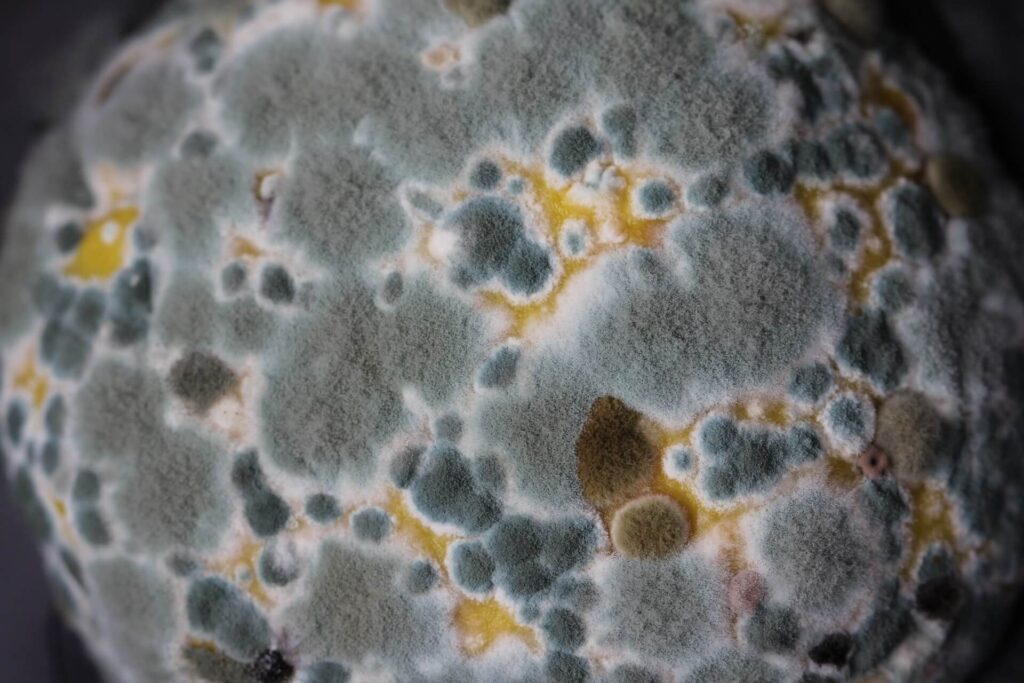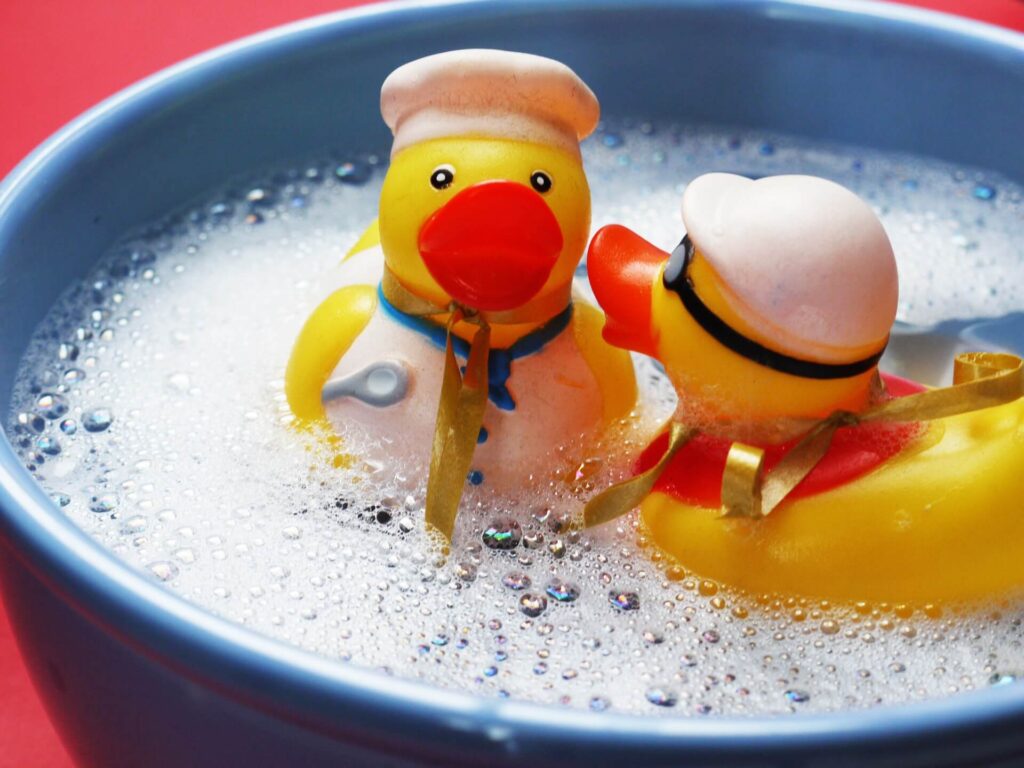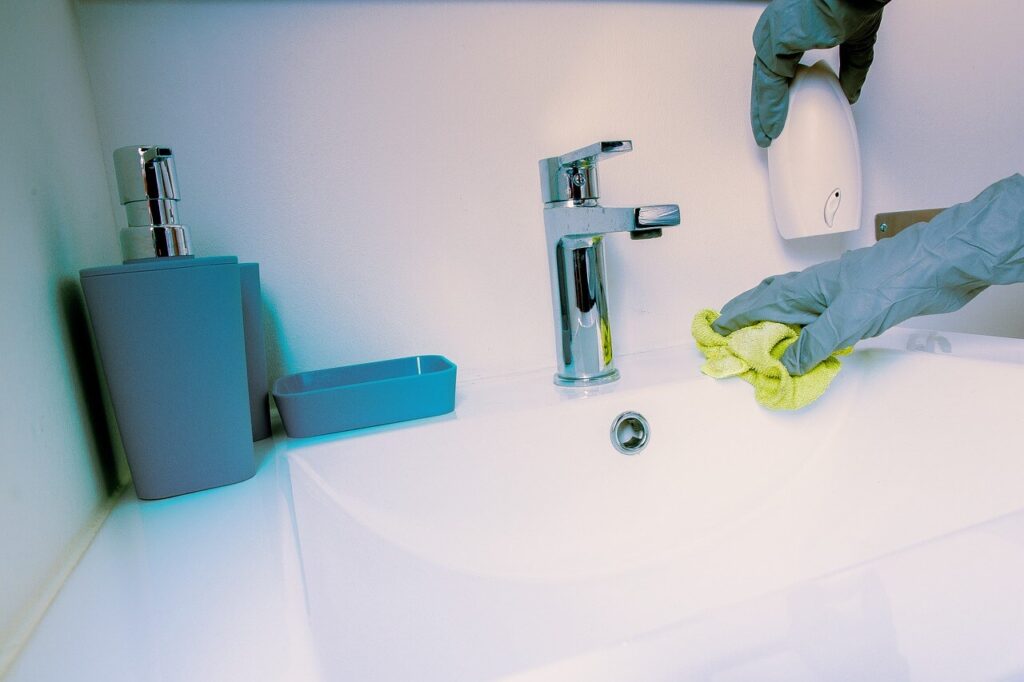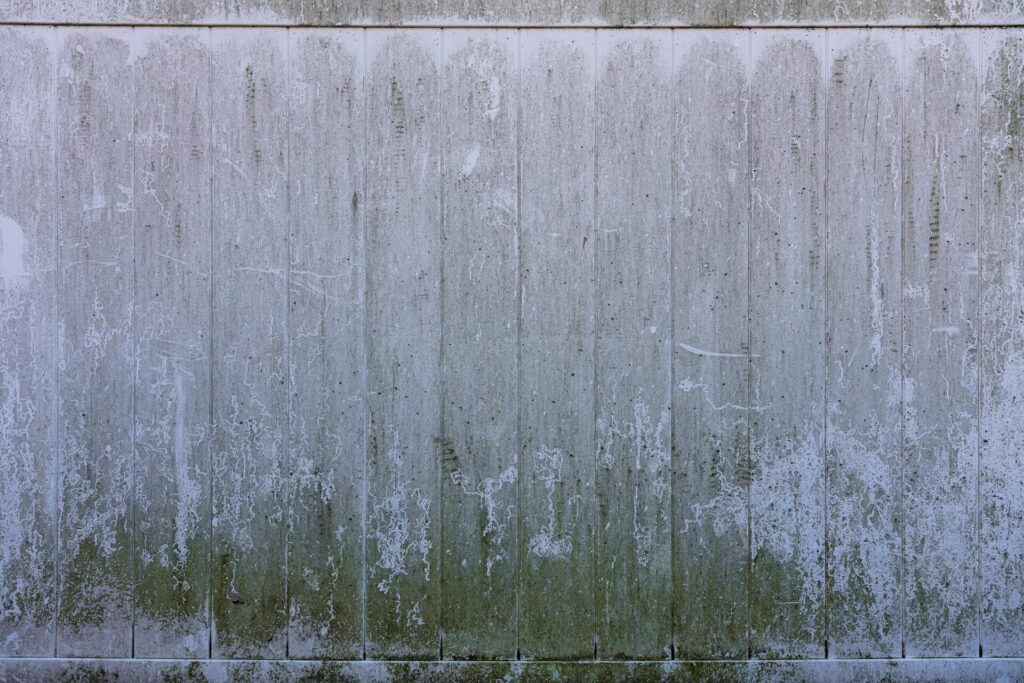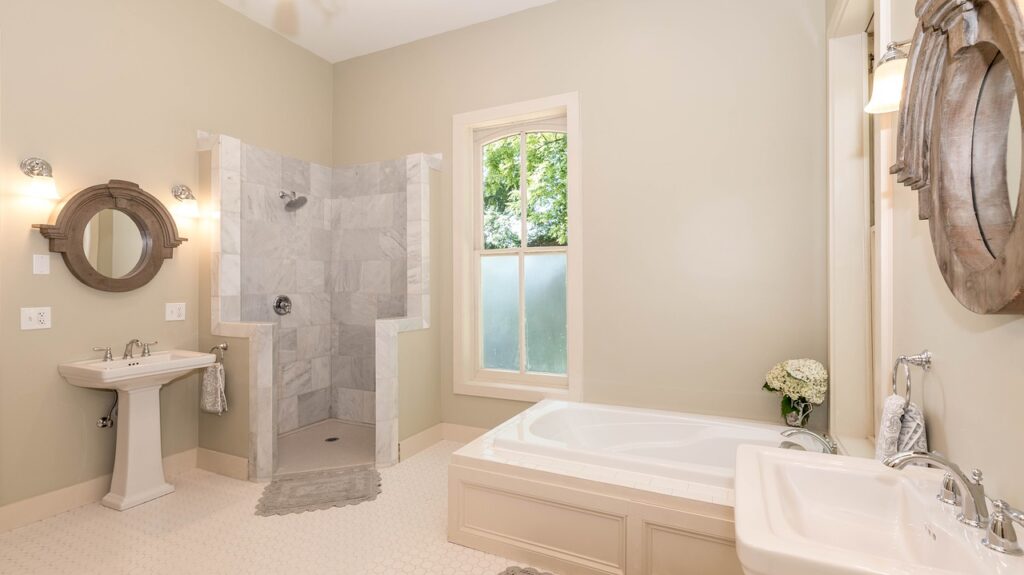Mold Cleaning Tips
How To Clean Mold
Mold buildup is not a new issue to many homeowners.
Because spores are ubiquitous, your house can easily breed molds if you don’t maintain your home properly.
Areas that are always moist and warm are especially at risk of having mildew.
This includes your toilet, shower area, and sink.
If you notice mold build-up in your home, you need to immediately clean these areas.
Cleaning the mildew right away will prevent it from spreading and causing more damage.
To help you, this article will give you insights into dealing with mold.
We will provide you with a step-by-step guide on how you can properly clean mold.
We will also give you tips on how to prevent its regrowth.
Does Bleach Kill Mold?
Bleach only works on moldy non-porous surfaces like your floor and tiles.
If you plan to use it for your wood furniture and drywall, it won’t completely eliminate the mold and mildew.
That’s because bleach cannot penetrate the pores of these materials.
Therefore, the roots of the mold underneath the surface won’t be harmed.
This could cause the mold to expand inward and damage the wood or drywall.
The fungi could also thrive and become more potent as they could use bleach as a food source.
After some time, you would notice the second wave of mold buildup on the same area.
In a nutshell, don’t ever commit the mistake of applying liquid bleach to moldy porous surfaces.
Instead, try the following solutions we will mention shortly.
How to Clean Mold From Wood
Mold affects various materials including wood.
Since wood is porous, it can easily absorb water.
That plus warm temperature and the bountiful mold spores in the air, your wood surfaces will soon be covered in molds.
You need to deal with the situation as soon as you notice anything growing on your wooden furniture or fixtures.
Delaying cleaning mold buildup will only make matters worse.
The mold can expand, destroy your home, and cause serious health risks.
Before cleaning, make sure that you do the following pre-cleaning measures.
- Stay protected while cleaning. Wear a face mask, a pair of gloves, and eye protection to prevent being in contact with harmful mold.
- Vacuum the affected area and its surrounding. This will suck up mold spores that may cause mold regrowth.
- Make sure to keep the collected dust and spores in a tightly sealed plastic bag and discard them properly.
- It’s time to do the cleaning. Below are some ways to effectively remove mold from wood.
How to Clean Mold With Dishwashing Soap:
- Create your soapy water with dish soap. It would be best if you use warm water and place the solution in a spray container.
- Spray generously on the moldy area.
- Scrub gently using a soft-bristled brush. Use a clean rag or sponge to collect the excess liquid.
- Use a clean damp towel to rinse and another towel to dry the surface.
How To Clean Mold With Vinegar
- Create a mixture of vinegar and warm water in a spray bottle.
- Spray the product on the affected areas and let it sit for 30 minutes to an hour.
- Rinse the surface using a clean damp cloth.
- Use a dry cloth to dry the area.
How To Remove Mold From Drywall
Drywall is a porous construction material used in walls and ceilings.
Because of its permeability and cellulose component, drywall is highly susceptible to mold invasion.
With humidity, warmth, and mold spores in the air, it’s only a matter of time before your drywall becomes moldy.
- Identify where the moisture is coming from and block it. Fix your leaking windows, pipes, or roofing.
- Wear protective gear such as gloves, goggles, and a face mask.
- Vacuum the area to collect loose spores and prevent them from scattering.
- Check the extent of the mold damage. If it’s severe, it would be best to take out your existing drywall and install a new one. Before replacement, you should kill the mold beneath the surface to avoid regrowth.
- If you plan to remove the mold on your drywall, you can use baking soda and vinegar.
- Prepare the solution by mixing 2 parts vinegar, 1 part baking soda, and 1 part water. Place it in a spray bottle for easy application.
- Spray enough amounts on the drywall and wait for a few minutes.
- Scrub the affected part with a medium-bristled brush.
- Rinse and allow your drywall to dry completely. You can use a fan and leave it for a day to ensure that there’s no moisture left.
- Restore your drywall by applying fungicidal primers and mold-resistant paint.
Mold does not look good on any surface.
The black mildew will coat the surface of your home and weaken its structural integrity.
It can also give off an unpleasant musty scent that can be annoying.
Take immediate action if mold starts growing in your house.
Cleaning mold buildup will ensure that your home is safe and clean.


